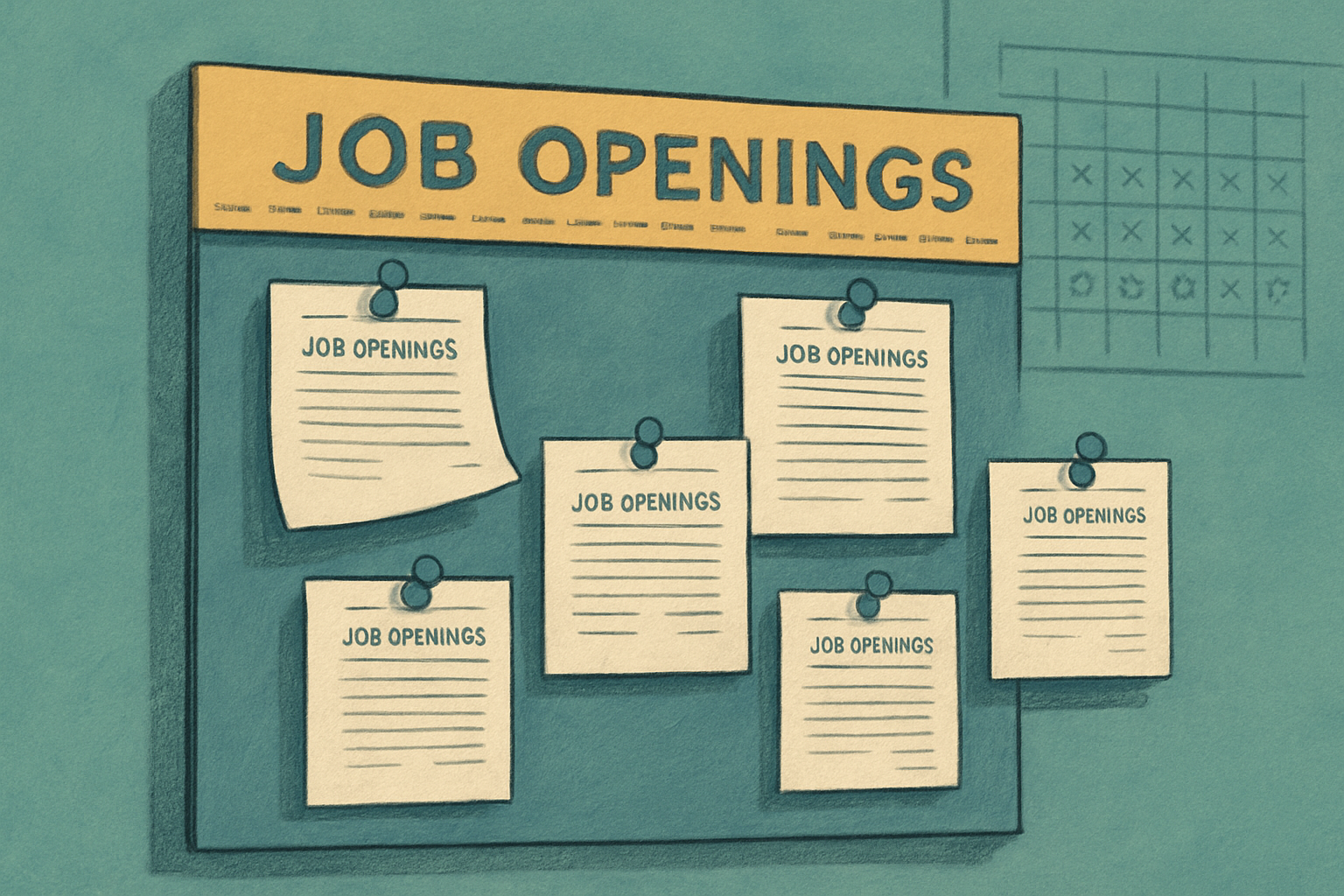The UK job market experienced a modest rise in new job adverts last month, signalling early signs of resilience despite economic headwinds and increasing employer pressure from tax rises. According to data from the Recruitment and Employment Confederation (REC), the number of new job adverts increased by 0.3% in May to 726,084, a slight uptick following a prolonged hiring slowdown. However, the total number of active job postings fell by 1.8% to 1.44 million, highlighting the market’s sluggish pace.
Neil Carberry, chief executive of the REC, described the labour market as “more stuck than going backwards,” noting that the slow growth in postings marks a second consecutive month of slight improvement, rather than an indication of deeper contraction.
“Despite the headwinds of tax rises and lower growth, there seems to be some resilience,” Carberry said. “After a long jobs market slowdown), a second month of weak growth in new postings is a sign more of hope than concern.”
The tentative recovery occurs against a backdrop of rising employer costs. Recent increases in national employment contributions and new government policies expanding employee rights — including enhanced sick pay, maternity protections, and unfair dismissal safeguards — have prompted employers to review hiring plans. The government’s move to raise £25 billion in additional revenue through employment taxes has compounded the strain on a labour market already affected by over 15 months of declining vacancies.
Recent figures from HMRC show a decrease of 109,000 payroll employees in May, the steepest decline since the early days of the Covid-19 pandemic. The unemployment rate rose to 4.6% in the latest quarter, the highest since 2021, according to the ONS.
Despite these warning signs, Carberry maintained a cautiously optimistic tone. “While the global growth picture is weaker than anyone would like, the UK is relatively well-positioned to take advantage of what opportunities there are,” he said. “We are past the interest rate peak, the UK looks good value by comparison to the US, has banked progress on trade deals, and has a stable legal and political picture for the next few years.”
The jobs data follows a series of mixed economic signals. While GDP growth slowed in April, there are tentative signs of improving consumer confidence and softer inflation, which could lead to lower interest rates later in the year. However, rising business costs and ongoing uncertainty about global demand continue to weigh heavily on the hiring outlook.
Recruiters suggest that the coming months will be critical in determining whether the recent uptick in postings develops into a sustained recovery or stalls under the weight of policy and macroeconomic pressures. For now, employers appear cautious but not retreating — and that, experts say, may be the best the market can hope for in the short term.



